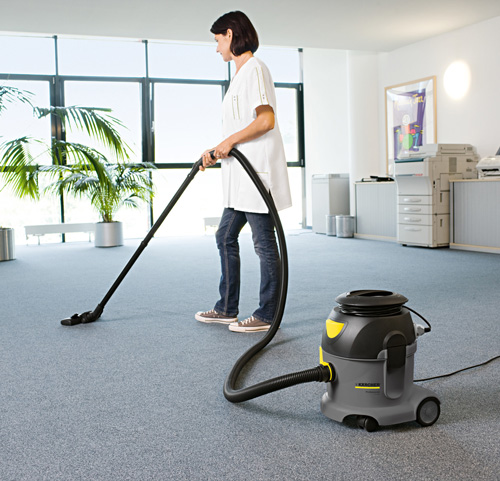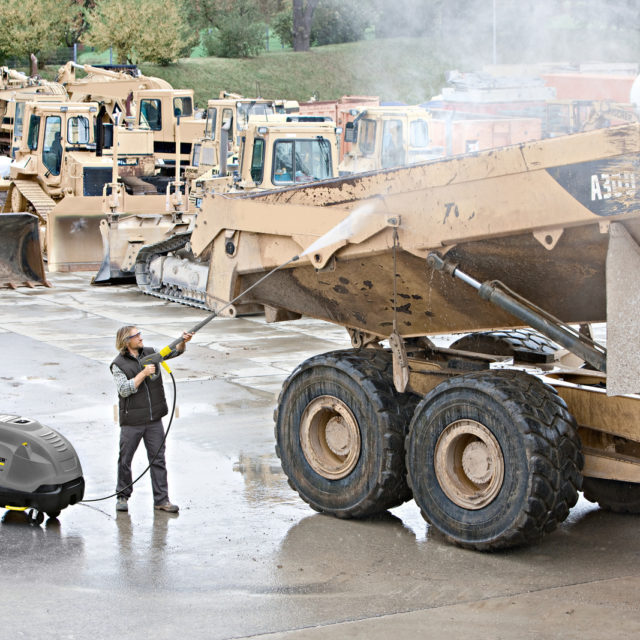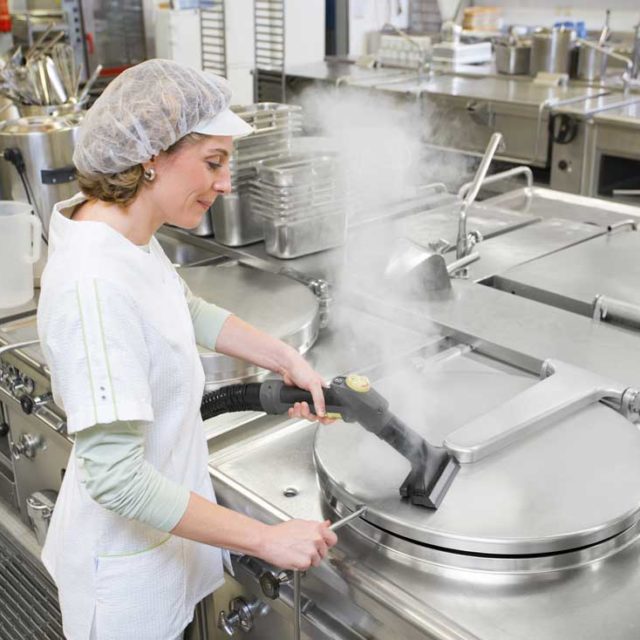Did you know that slips are the biggest cause of major injuries in the workplace with over 10,000 people suffering major injuries every year in the UK?
As well as causing suffering to the injured party, the cost of legal actions following an injury can be extremely substantial and can be very damaging to businesses.
People Rarely Slip on Clean, Dry Floors
Floor cleaning is one of the best ways to prevent slip accidents. The majority of slips occur as a result of floor surface contamination (such as water, food, or oil on the floor), which can be prevented by regular floor cleaning.
There are some key points to consider when it comes to ensuring that your floor cleaning is as effective as possible:
- Put in a plan to prevent contamination.
If a spill happens, have a plan in place to ensure it is quickly cleaned up. Spot cleaning is usually the easiest and quickest method to clean up spills as they happen. Decide who is best-placed to carry out spot cleans: for example, if there are not always cleaners on hand, it could be those people who work in the area. Ensure that those who will be carrying out the spot cleaning are aware of the safest and most effective method, and that the materials to carry out the cleaning are at hand for when spills occur
-
- Remember that taking simple measures can be very effective.
For example, when cleaning up a spillage with a mop, ensure that the mop doesn’t drip on the way to and from the spillage itself. Just a single drop of water is enough to cause a slip accident.
- Remember that taking simple measures can be very effective.
- Make sure you’re getting the most out of your cleaning products.
In some cases, cleaning products are not always left on the floor long enough to remove grease or clean properly: they need chance to work.
Most importantly of all…
- Choose the right cleaning method.
Below is a guide to choosing the correct cleaning method to ensure contamination is removed safely and effectively:
- Detergent
Detergent must be used if the contamination is grease or oil-based. Using water without detergent will be ineffective. Follow instructions to ensure the correct detergent-to-water ratio. As mentioned above, the detergent should be left on the floor for a long enough time to allow effective removal of the contaminant.
-
- Spot cleaning
For effective spot cleaning, use a paper towel or dry cloth to remove contamination from the floor. This method helps contain the contamination and decreases the additional risk that can come from using a wet mop and creating a larger slippery area.
- Spot cleaning
-
- Mopping
Useful for skimming over the surface of smooth floors to give them an overall ‘freshen up’. But be aware that mopping always creates a slip risk. Give the floor time to dry completely before using it again, and use Wet Floor warning signs wherever possible.
- Mopping
- Sweeping brush
If the floor is a smooth surface, then this method can be enough to remove dry contaminants.
-
- Wet vacuum cleaner
Industrial vacuum cleaners are suitable for cleaning up liquid spills. They usually leave smooth floors completely dry afterwards making them a safer alternative to mopping.
- Wet vacuum cleaner
-
- Dry vacuum cleaner
Suitable for cleaning up dry contaminants. They work effectively on more uneven/rough surfaces that may not be as easily cleaned with a sweeping brush.
- Dry vacuum cleaner
- Scrubber-dryer machines
Are suitable for cleaning most types of flooring. Different designs of scrubber-dryer lend themselves to different situations. You can find out more about our range of scrubber dryers and their benefits for different types of cleaning here
However, cleaning can also be the cause of slip accidents
As well as ensuring that you clean effectively, it is really important to be aware of the risks posed by your cleaning regime. For example, floors can be left damp and slippery following mopping, and wires from floor cleaners and vacuums can be a trip hazard.
You can prevent slip accidents during and after cleaning by:
-
-
- Warning people to stay off a wet floor until it is fully dry. Use Wet Floor warning signs where possible. Or minimise risk even further by mopping after most people have left the building, or by cleaning in sections so there is a dry ‘path’ available to walk on.
- Providing your cleaning staff with slip-resistant footwear
- Being aware that mopping can spread the contaminant and create a larger area of risk if not carried out effectively.
- Ensuring that the correct pads are used in your cleaning machines, as incorrect pads may create a slippery, ‘polished’ finish.
- Thoroughly rinsing away any cleaning fluids, as if not properly rinsed they can leave a residue that may increase risk of slipping.
-
By taking control of floor safety, you can save money, protect your business, and more importantly ensure the safety of your employees, customers and visitors.




















